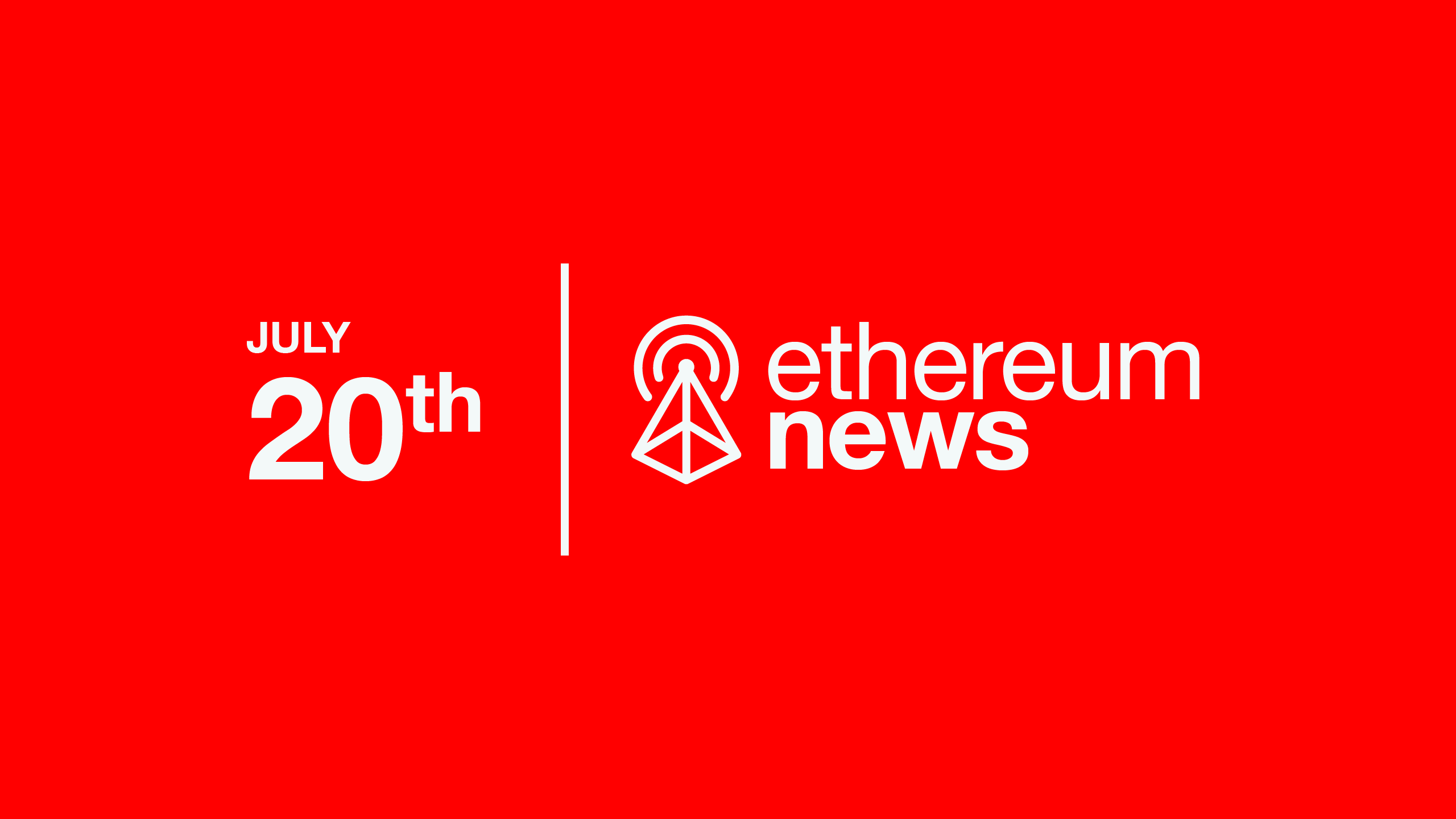Worldcoin Migrates To OP Mainnet
Worldcoin is an identity project known for its infamous iris-scanning device known as an orb.

Quick Take
- Worldcoin migrates to OP Mainnet.
- Espresso Systems launches its Doppio testnet.
- Core developers address edge cases with EIP-6780.
- Balancer launches liquidity pools for GHO.
Listen on: Apple | Castbox | Spotify | YouTube | Lens
Superchain Highlights 🔴✨
Worldcoin Migrates To OP Mainnet
Worldcoin has successfully migrated core components of its World ID and World App tech stack to OP Mainnet. Worldcoin is an identity project known for its infamous iris-scanning device known as an orb. The project allows users to generate a World ID, a digital passport that can be authenticated using the World App crypto wallet. Worldcoin was previously using Polygon for its application. Existing World App users will be prompted to migrate from Polygon to OP Mainnet. Worldcoin chose to migrate to the OP Stack as part of a partnership announced earlier this year. Worldcoin is also a contributor to EIP-4844 developments.
Espresso Systems Launches Doppio Testnet
Espresso Systems, a decentralized shared sequencing system, deployed the second iteration of its sequencer testnet coined as Doppio. The system uses its own consensus protocol called HotShot, which is a fast-finality consensus protocol that enables quick transaction confirmation, and it is optimized for lazy sequencing. Doppio expands on HotShot by introducing data sharding using verifiable information dispersal (VID), where transaction data is stored by high-bandwidth nodes and broadcasted to a random committee. Doppio also incorporates view synchronization and signature aggregation. The Espresso Sequencer has also been integrated with a fork of the Polygon zkEVM stack.
EIP-6780 SELFDESTRUCT Edge Cases
During the ACDE call, core developers addressed edge cases for EIP-6780, a proposal that aims to remove the SELFDESTRUCT opcode from Ethereum with an exception for contracts created and destroyed in the same transaction. The first edge case will separate contract creation from account creation, while the second ensures ether is only destroyed when the contract is self-destructed in the same transaction. A third edge case halts the current execution frame when SELFDESTRUCT is called in a different transaction than the contract calling it. Developers agreed to proceed with clarifications for the first and third cases but will seek community feedback before implementing changes for burning ether with self-destruct. Optimism currently depends on the burn feature for its L2 to L1 ETH crediting process.
GHO Liquidity Pools Live On Balancer
Balancer deployed three primary liquidity pools for Aave's GHO stablecoin, pairing GHO with wstETH, LUSD, and bb-a-USD. The GHO/bb-a-USD pool is a composable stable pool consisting of GHO and the nested Balancer boosted Aave V3 USD pool, allowing GHO to access liquidity in DAI, USDT, and USDC simultaneously. Balancer’s bb-a-USD pool routes idle liquidity back to Aave V3, generating additional yield for LPs. The wstETH/GHO pool utilizes Balancer’s 80/20 weighted liquidity model of 20% wstETH and 80% GHO. Lastly, the GHO/LUSD pool pairs GHO with Liquity's stablecoin to help diversify Aave safety module assets. The three pools already hold a combined TVL of over $4 million.

